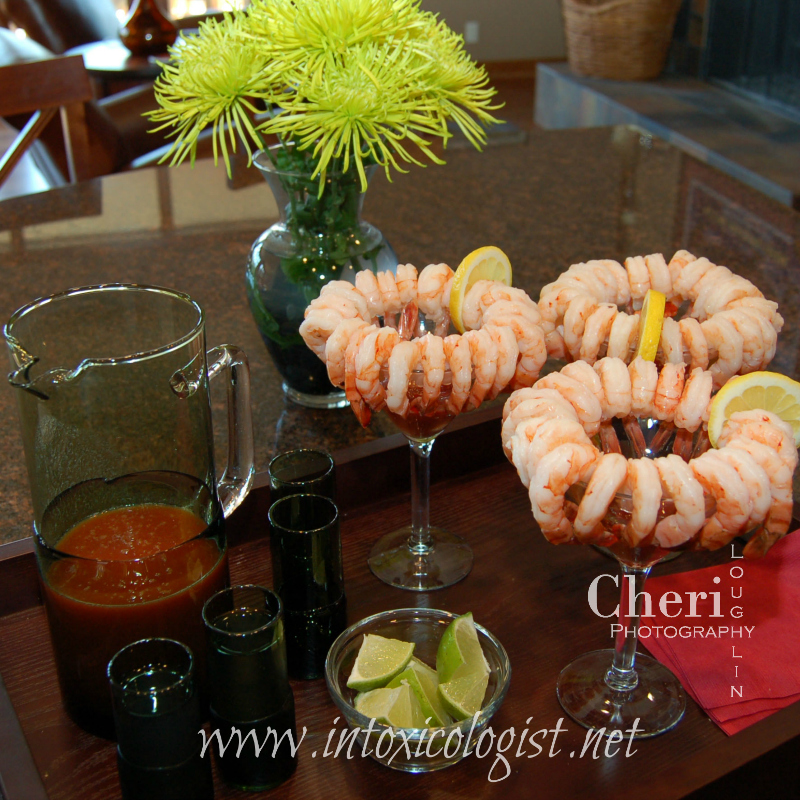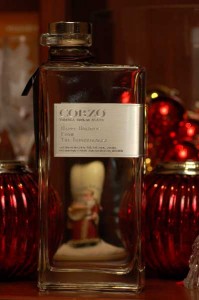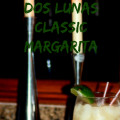 Every good tequila story starts out with a few shots too many and trails off with not remembering how the night actually ended. Someone else usually fills in the blanks with all the embarrassing embellishments. Many tequila drinkers go on vowing to never touch tequila again. A shame really as tequila is no more potent than the other major contenders. It has just built up a bad rap over the years as it is the most likely to find its way into a celebration shot glass known as “training wheels” or “lip-sip-suck.”
Every good tequila story starts out with a few shots too many and trails off with not remembering how the night actually ended. Someone else usually fills in the blanks with all the embarrassing embellishments. Many tequila drinkers go on vowing to never touch tequila again. A shame really as tequila is no more potent than the other major contenders. It has just built up a bad rap over the years as it is the most likely to find its way into a celebration shot glass known as “training wheels” or “lip-sip-suck.”
Briefly, tequila came to us by way of the Aztec people of Mexico who had a drink by the name of pulque, which is still in circulation today by the way. When the Spaniards arrived in April of 1530, they were running out of Brandy so they introduced the Aztecs to the distillation process. The distilled drink they made was little more than a higher proof version of the pulque, but it is what led us to the tequila we have today. However, it was another 70 years before the first tequila factory was established by Don Pedro Sanchez de Tagle.
To be classified as tequila, the liquor must be prepared from blue agave plants that are grown within Mexico’s Jalisco province. The hills of this area are covered with more than 100 million plants which produce more than 50 million gallons of tequila annually. (That makes for a lot of shots!) Approximately 40% of this is exported. Tequila’s exportation to the United States has experienced a surge in the last few years. This is a good sign for the higher end tequilas as they become more main stream.
Higher end or lower end, all tequilas must pass Mexico’s standards for tequilas. To be labeled 100% Agave Tequila the tequila must be made from 100% blue agave nectar and bottled at the distillery in Mexico. It may be Blanco, Reposado, Anejo, or Extra Anejo. Anything labeled Tequila is only required to be 51% blue agave otherwise known as Mixto. This tequila may also be distilled in Mexico, yet be exported to other countries for bottling. It may be Blanco, Gold, Reposado, or Anejo. Both must comply with the NOM (Norma Official Mexicana) standard. This is the standard which defines the definition for each type of tequila.
Blanco or Silver: Clear, un-aged, bottled immediately after distillation. Contains the true bouquet of the blue agave.
Gold: Un-aged Blanco, but can have caramel, fructose, glycerin, and/or wood flavoring added to it to simulate aged tequila.
Reposado: Blanco that has been aged a minimum of two months, but less than a year in oak barrels. This gives Reposado a mellow flavor that is gentle on the palate while still allowing it to keep the blue agave essence.
Anejo: Blanco aged in oak for a minimum of one year, but less than three. This tequila is amber in color and picks up more of the flavor of the oak barrel giving it a more distinct flavor such as one would expect from an aged scotch. These are tequilas made for sipping and savoring due to their unique characteristics.
Extra Anejo: This is a new category established in March 2006. It is aged a minimum of three years.
(Descriptions from Wikipedia)
Sampling of Brands
 This is merely a sampling of a few tequilas. Find more tequilas in the review section of the site and in tequila tags.
This is merely a sampling of a few tequilas. Find more tequilas in the review section of the site and in tequila tags.
Patron is overall inoffensive in flavor. Enjoyable neat, on the rocks or mixed in a cocktail the flavor of this tequila does not overwhelm or burn. Ironically, I prefer the Silver to sip due to the smooth finish and the Reposado for my margaritas, because of the spicier nature.
El Tesoro Anejo has a smoky flavor to it. Excellent for sipping. Holds up well in a margarita, but it is a safe bet this is not what the distiller had in mind for the Anejo.
Corzo is beyond excellent. The bottle was designed by a perfumer. It is as sleek as the tequila is smooth. This is an extraordinary find. It would be a shame to shoot this tequila. While it might make a top shelf margarita or cocktail, the only way I would ever want to savor it is alone in a glass. The only drawback to the beautiful bottle is the difficulty in pouring without spilling a few drops.
Jose Cuervo Tradicional 100% De Agave: This is the Cuervo family’s first creation and a long standing favorite of many. I chose this one last, not due to it being a favorite, but for it being a long standing tradition in the Tequila con Sangrita. Unlike the run of the mill Jose Cuervo that many grab on the midline shelf at the liquor store, this is considered exceptional and premium tequila. In Mexico this is still the number one selling tequila kept by many in the freezer for frozen shots as we would vodka.
For an authentic Mexican experience try your frozen shot of tequila with Sangrita. This is not to be confused with Sangria; two totally different drinks. Sangrita is a spicy, tomato and fruit based drink poured in a shot glass. Traditionally a frozen tequila shot is downed chased by a Sangrita chaser.
Sangrita
1/4 cup Pureed Jalepeno
2-1/2 oz Fresh Lime Juice
5 oz Fresh Orange Juice
46 oz Tomato Juice
3/4 Tablespoon salt-more or less to taste
3/4 Tablespoon white pepper-more or less to taste
Tabasco to taste
Combine all ingredients in a pitcher. Mix well. Chill. Taste to test seasoning. To serve: Pour into shot glasses alongside ice cold tequila shots.
Subscribe to the monthly Newsletter
All content ©2016 Cheri Loughlin, The Intoxicologist. All Rights Reserved. Chat with Cheri @Intoxicologist on Twitter and facebook.com/Intoxicologist
Cheri Loughlin is the Omaha writer and photographer behind www.intoxicologist.net and author of Cocktails with a Tryst: An Affair with Mixology and Seduction. You can email Cheri with comments and questions at str8upcocktails@gmail.com.




Not saying it’s gronud-breaking, just that, hey, there’s a dedicated list of classic cocktails but made with tequila. True, they have been appearing all over the city. I actually had the Anejo Old Fashioned at Westside Tavern a couple (?) of years ago. Just here it’s a whole menu.